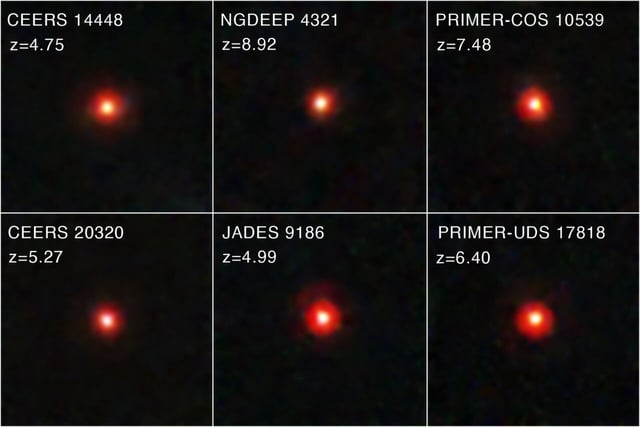Overview
- JWST deep-field imaging uncovered over 300 compact red sources only 600 million years after the Big Bang, challenging existing timelines of cosmic structure formation.
- Early spectroscopic studies in January 2025 interpreted these Little Red Dots as obscured active galactic nuclei, a view complicated by their flat infrared spectra and lack of X-ray signals.
- In July 2025, Nandal and Loeb demonstrated that atmospheric models of metal-free supermassive stars with roughly 10^6 solar masses replicate the luminosity and spectral features of LRDs.
- The study proposes that LRDs represent the fleeting photospheric light of accreting supermassive stars in their final ≲1,000 years before collapsing into black holes, accounting for their scarcity.
- The faintness of LRDs near JWST’s detection limits complicates efforts to distinguish between the supermassive star and AGN interpretations and motivates targeted follow-up with next-generation telescopes.
